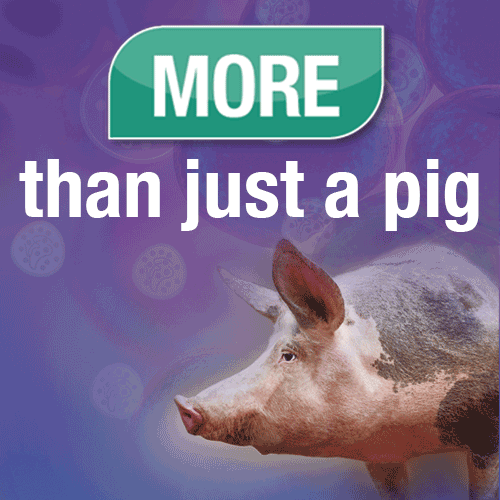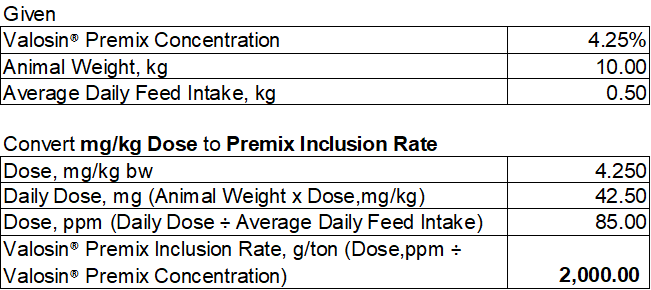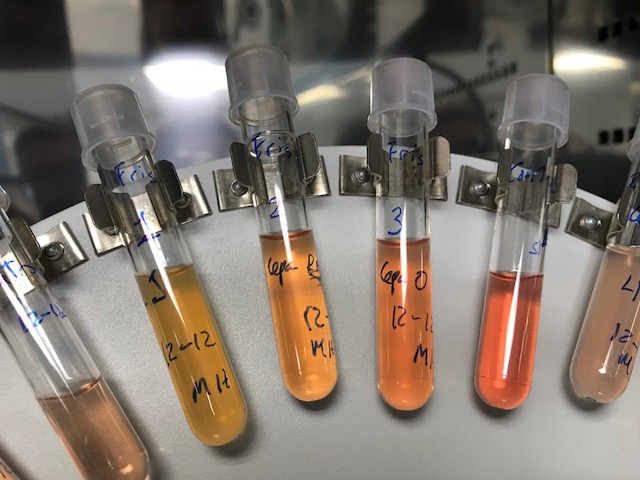Mitigating AMR: The 3 Rights
Jose Lino Castro Jr., DVM
Swine Technical Services Manager, ASEAN
ECO Animal Health Ltd, UK
Antimicrobial resistance (AMR) is an urgent global public health threat associated with nearly 5 million deaths in 2019 including 1.27 million deaths attributed to bacterial AMR (Murray, Christopher J L et al. 2022). The 2016 Food and Agriculture Organization of the United Nations (FAO) study emphasizes the existence of a “substantial body of evidence” supporting the idea that the emergence of AMR in bacteria in livestock is linked to the emergence of AMR in bacterial populations that colonize and infect humans (Singer et al., 2003, ECDC/EFSA/EMA, 2015). However, the report also cites evidence that the emergence of AMR in bacteria in humans appears to originate mainly from antimicrobial usage in humans, whilst most AMR bacteria amongst livestock appear to originate from antimicrobial use in livestock (Morel C., 2019). Certainly, these findings should compel veterinarians to be more prudent when using antimicrobials, especially in food animals.
The World Health organization (WHO) define “One Health”, as an integrated, unifying approach that aims to sustainably balance and optimize the health of people, animals and ecosystems. As a result, the regulatory authorities are putting more pressure on the industry to classify and consequently reduce the number of antimicrobials for use in animals to mitigate AMR. Also, in the last decade there has been no new antimicrobial molecule introduced in the market for use in animals. These regulatory restrictions and limited alternatives make it more difficult for veterinarians to treat diseases.
Most pigs being sold commercially are raised under intensive farming environment making the use of antimicrobials a necessary tool to safeguard the health and welfare of the animals. It is in fact projected that the usage of veterinary antimicrobials across all its classes will increase by 8% in the period 2020-2030 (Mulchandani et al. 2023). And when antimicrobial usage becomes necessary, there are three “rights” that veterinarians need to put into consideration.
Right Claim
 Under field condition, it is difficult to recognize the disease based on clinical presentations alone as one disease may appear clinically identical with another. It is necessary to aid the diagnosis with laboratory tests like serology and PCR. The laboratory results should then be correlated with clinical presentations seen in the farm. Once the disease is identified, choose the antimicrobial which is highly effective and approved by regulatory authority. As much as possible, choose narrow spectrum antimicrobial as this will target specific bacteria minimizing the damage to gut microbiota which is known to play a role in immune response. And if data is available, choose the antimicrobial with the lowest and consistent Minimum Inhibitory Concentration (MIC) on the target pathogen preferably using bacterial isolates from your farm or area. Please bear in mind however, that MIC testing though a good indicator of antimicrobial efficacy is done under laboratory condition. It does not take into consideration the pharmacokinetics of the antimicrobial, the actual dose taken by the animal especially if the drug is given in-feed and the natural host immune response.
Under field condition, it is difficult to recognize the disease based on clinical presentations alone as one disease may appear clinically identical with another. It is necessary to aid the diagnosis with laboratory tests like serology and PCR. The laboratory results should then be correlated with clinical presentations seen in the farm. Once the disease is identified, choose the antimicrobial which is highly effective and approved by regulatory authority. As much as possible, choose narrow spectrum antimicrobial as this will target specific bacteria minimizing the damage to gut microbiota which is known to play a role in immune response. And if data is available, choose the antimicrobial with the lowest and consistent Minimum Inhibitory Concentration (MIC) on the target pathogen preferably using bacterial isolates from your farm or area. Please bear in mind however, that MIC testing though a good indicator of antimicrobial efficacy is done under laboratory condition. It does not take into consideration the pharmacokinetics of the antimicrobial, the actual dose taken by the animal especially if the drug is given in-feed and the natural host immune response.
Right Dose
Antimicrobial administration in pigs is usually given via intramuscular injection or orally (in feed medication or water medication). Regardless of route of administration, the amount given to the animal should always be based on mg/kg body weight dose recommendation. This is especially important when using an antimicrobial in feed where feed intake may be reduced when animals are sick or when the feed intake is restricted such as in the case of gestating sows. It is important to know the average feed intake, the average weight of the group of pigs targeted for medication and concentration of the antimicrobial when calculating the amount of the antimicrobial to be mixed in the feed. A sample calculation is shown at the table below (Table 1) using Valosin® Premix from ECO Animal Health.
Table 1. Sample Dose Calculation of Valosin® Premix


Right Duration
The recommended duration of antimicrobial use varies depending on classification and even among molecules under the same classification. It also varies depending on regulatory policy per country. The antimicrobial treatment duration recommendation should be clearly reflected in the label. It is best to consult a licensed veterinarian to determine the specific treatment duration based on target pathogen and progression of the disease.
Key Points
- The number of antimicrobials for veterinary use will be reduced and limited.
- Be prudent in the use of antimicrobials. Choose the antimicrobial with the right claim, calculate the right dose, and follow the right duration.



